The Claw
For the first instalment of Anatomy Saturday we will be looking at the crab's most famous part - it’s claws.
Crab claws are made up of several different bits. The dactylus and the propodus.
These are found at the end of the chelae, the forwardmost limbs of crabs.
The dactylus is the fancy Latin name for the moveable finger on a claw. The bottom finger is fixed and called the propodus.
If we think of the claw like a human hand with only two fingers, the propodus also forms the palm.
If you make a scissor cutting motion with your hand, notice how your middle finger doesn’t move but your index finger does?
Of all the crustaceans, the Coconut Crab (Birgus latro) has the most powerful grip. These terrestrial crabs can lift up to 28kg and can easily crack open coconuts.
The human hand can squeeze with a measly power of around 300 newtons, but the mighty Coconut Crab grips with over 3000 newtons!
The land crabs have also been known to eat the remains of dead animals, and they use their powerful claws to break through bone. Not too surprising when a fully grown adult has a leg span of nearly a metre!
Anyone fancy a game of rock, paper, crab claw?

